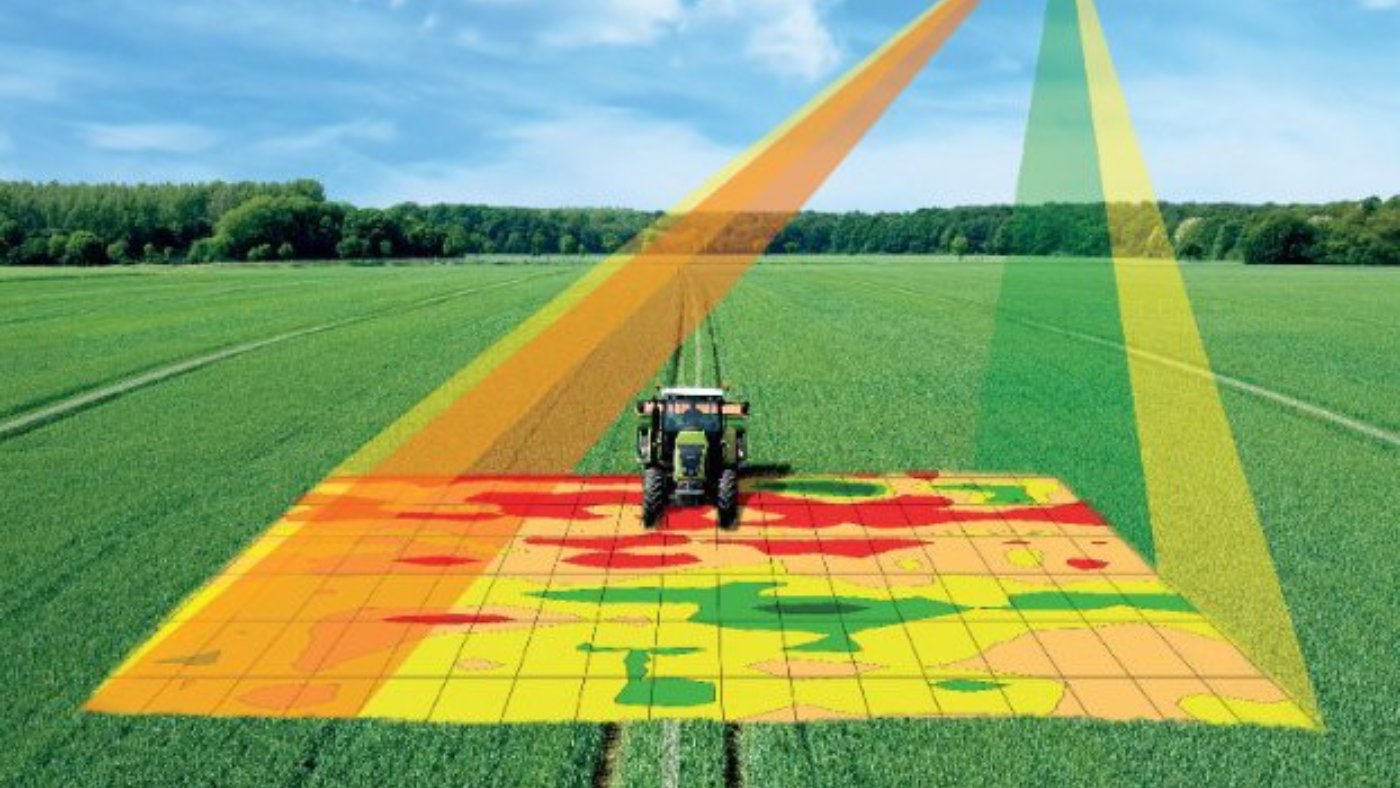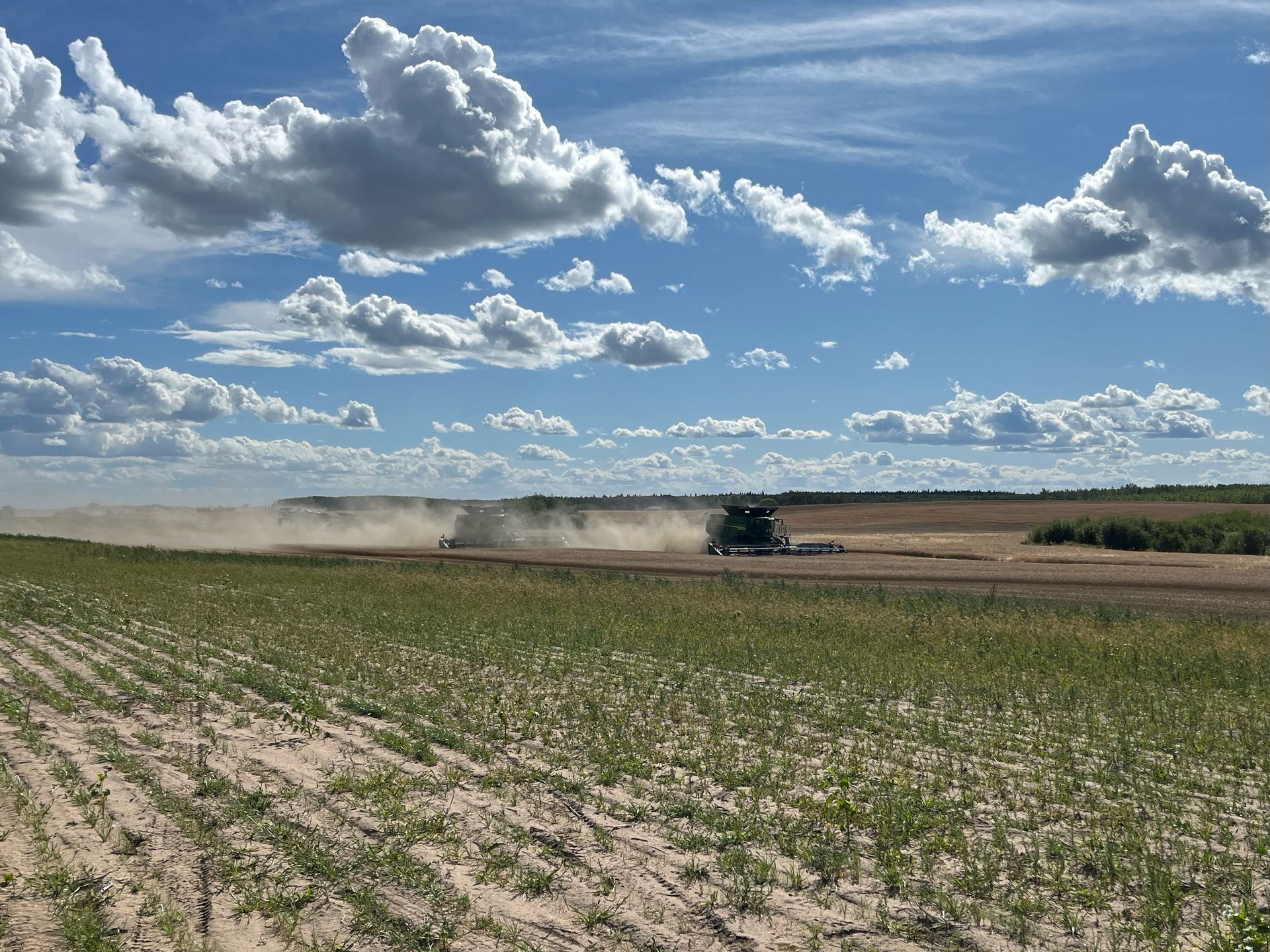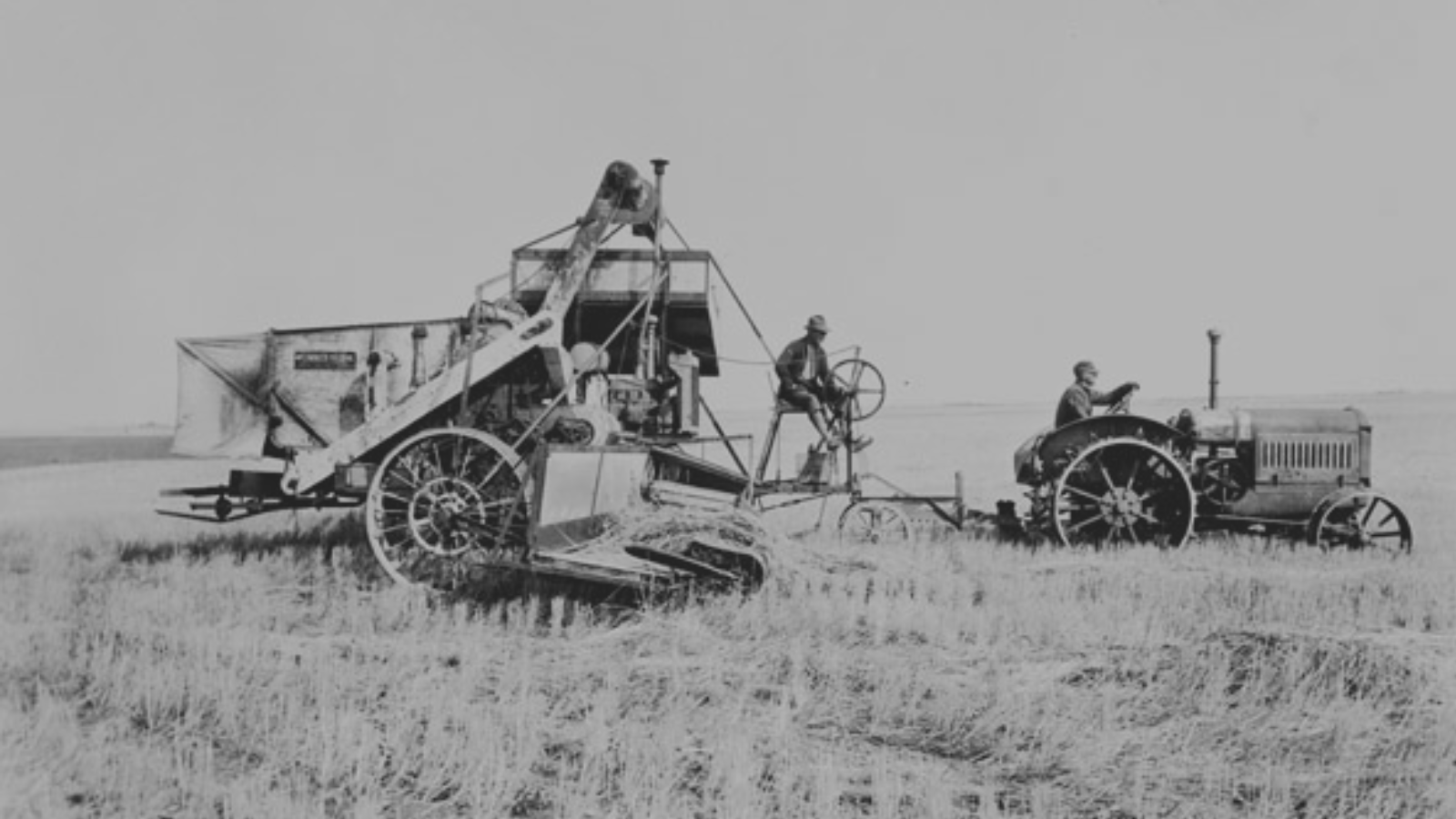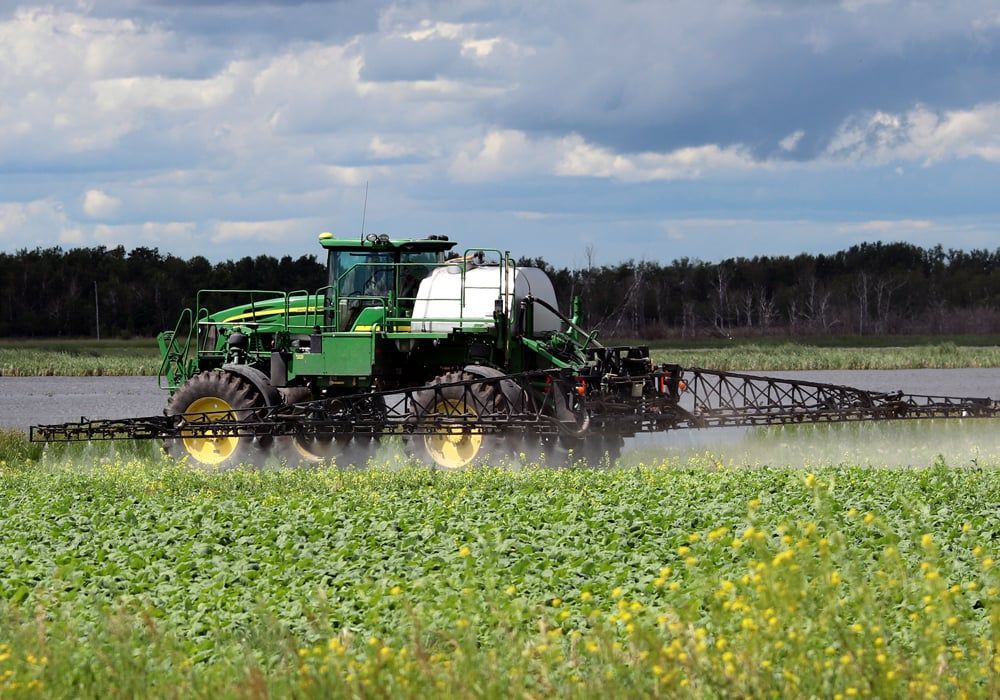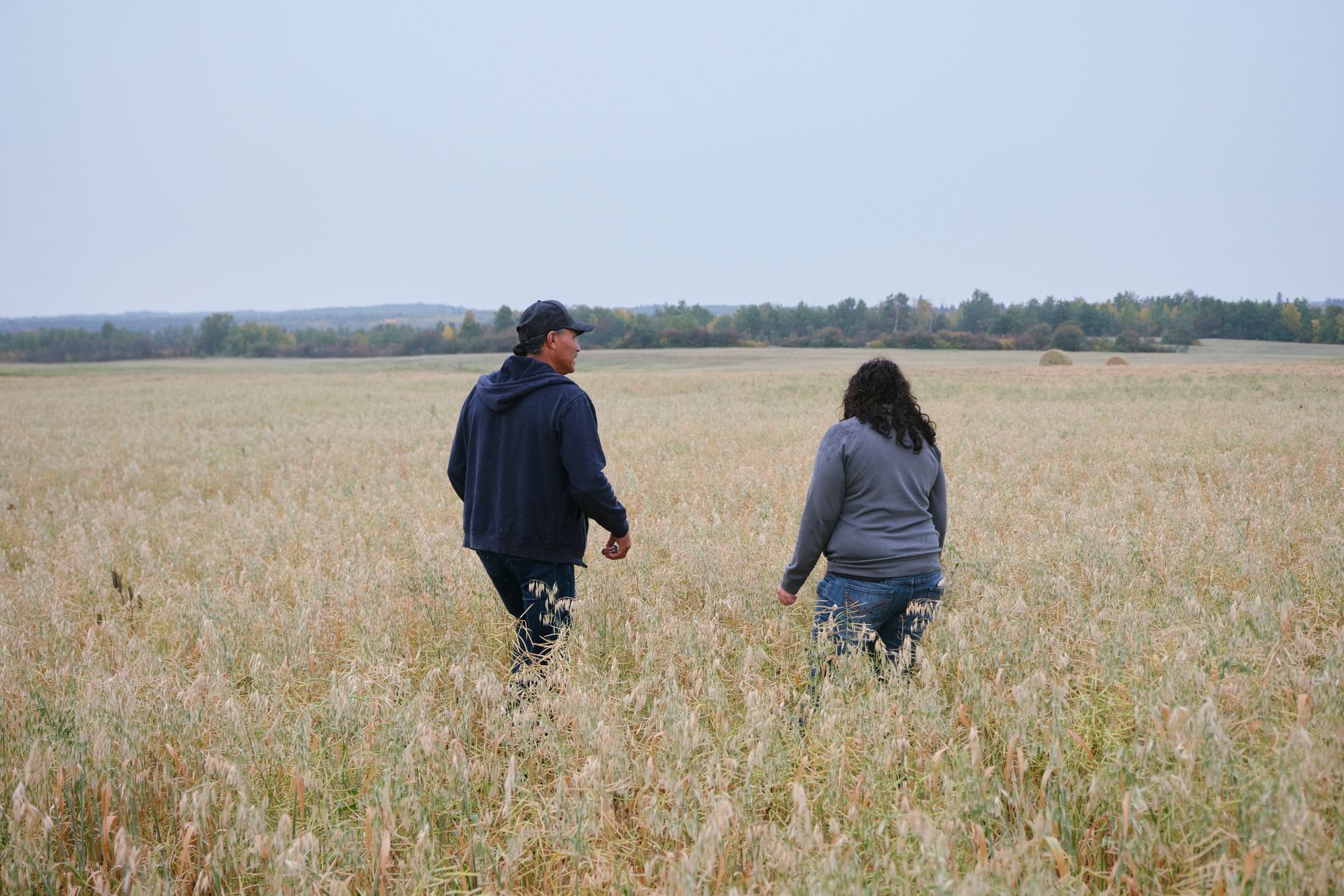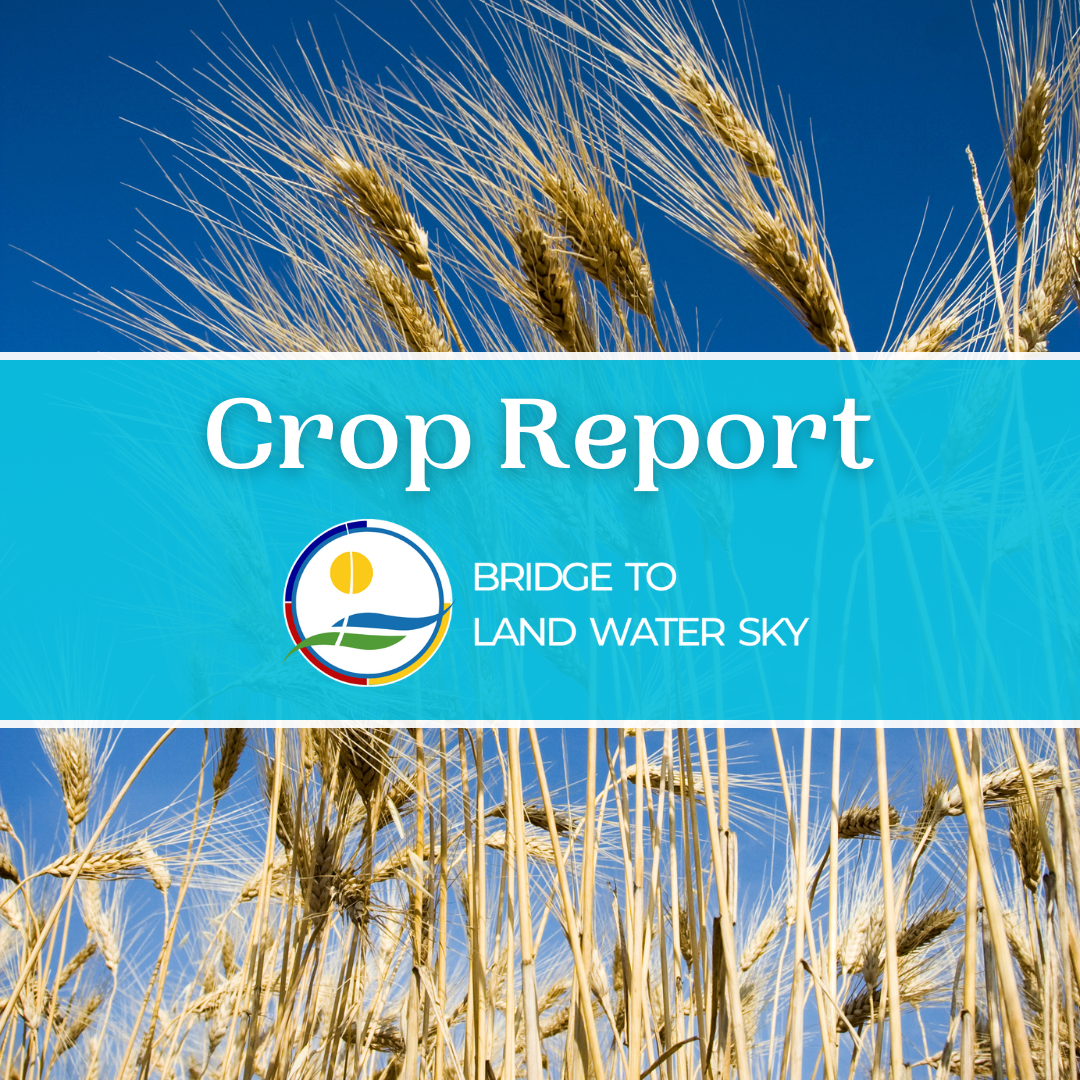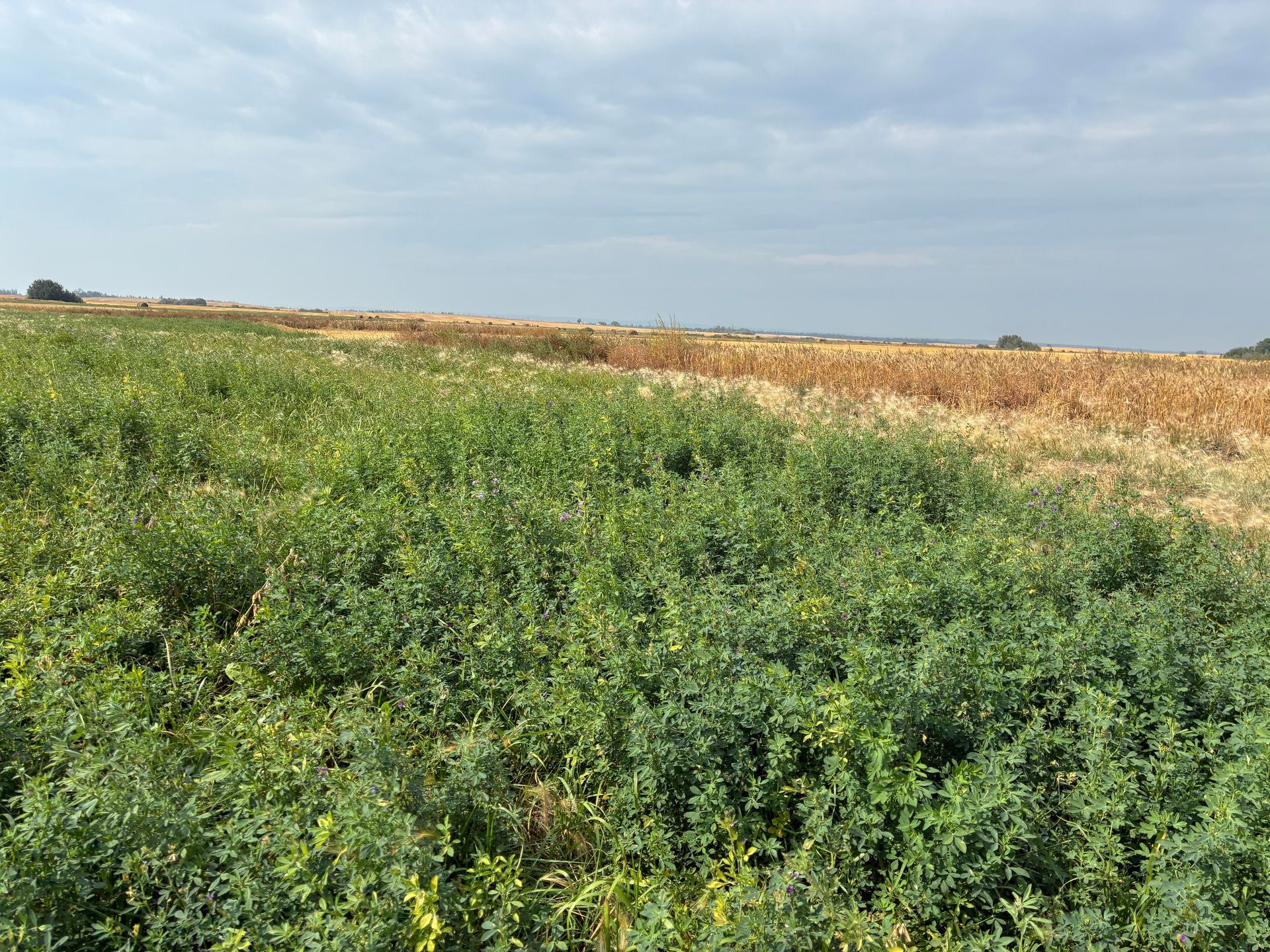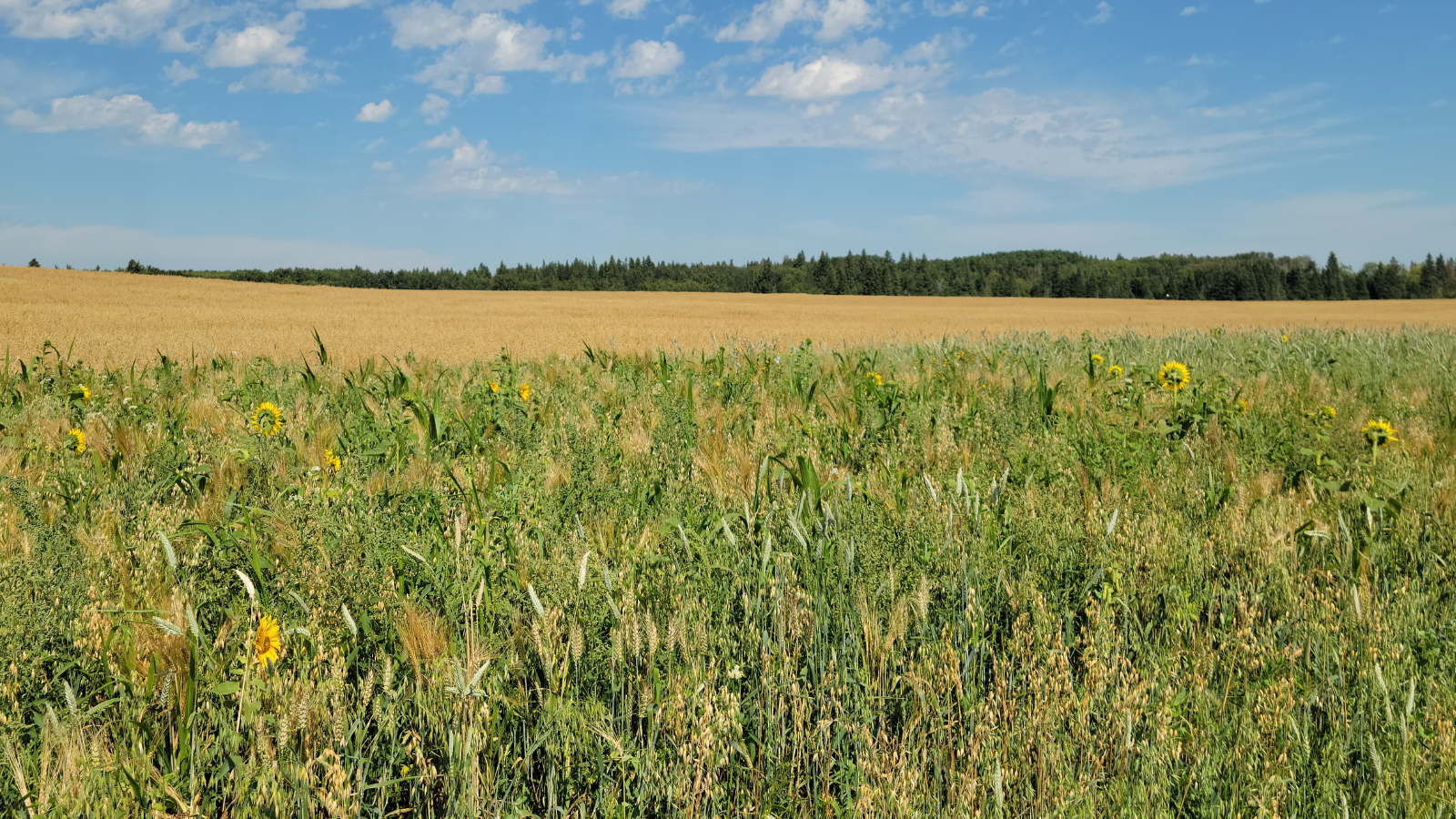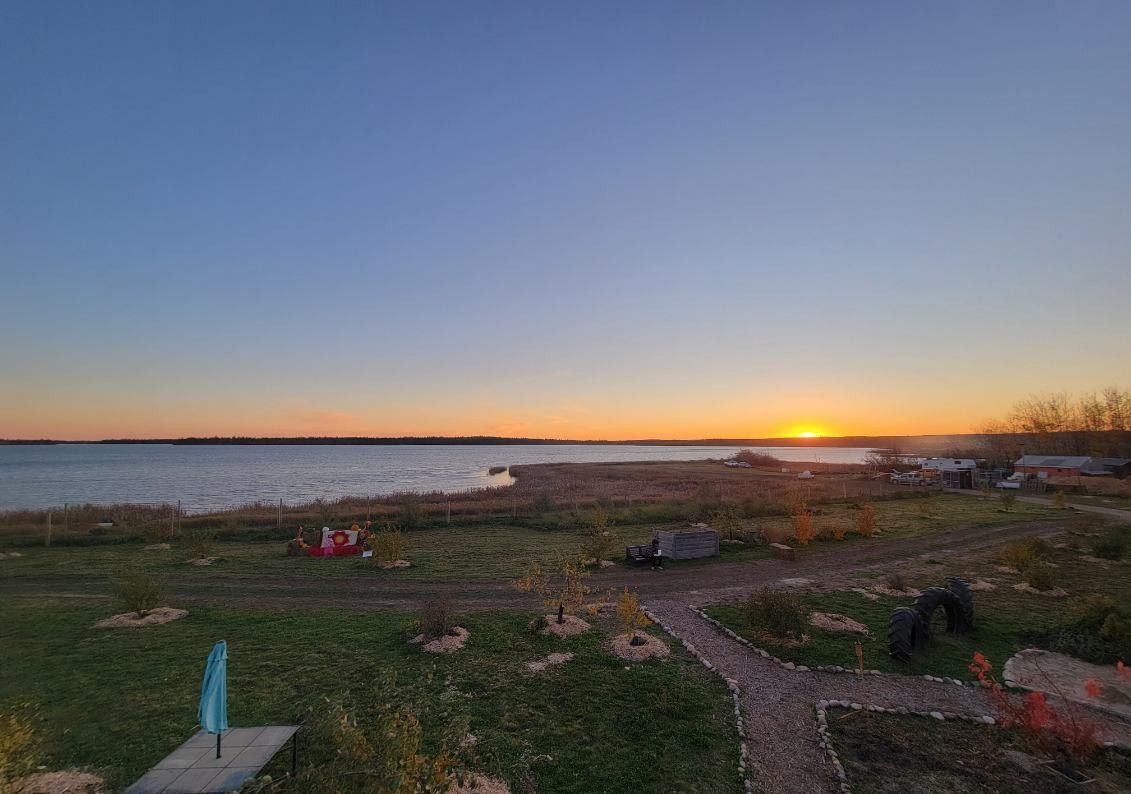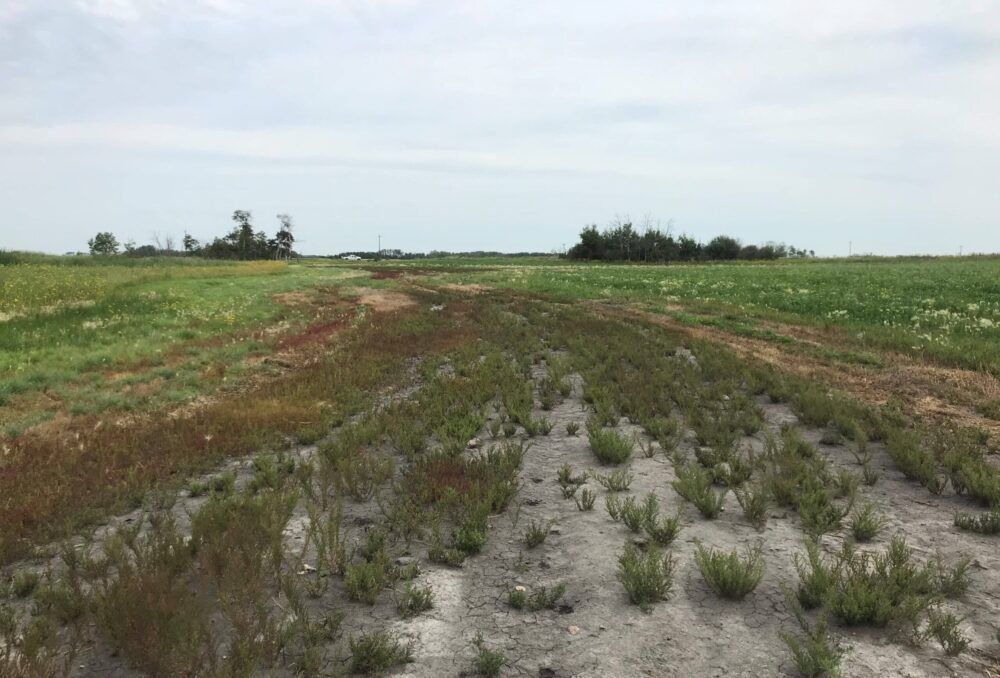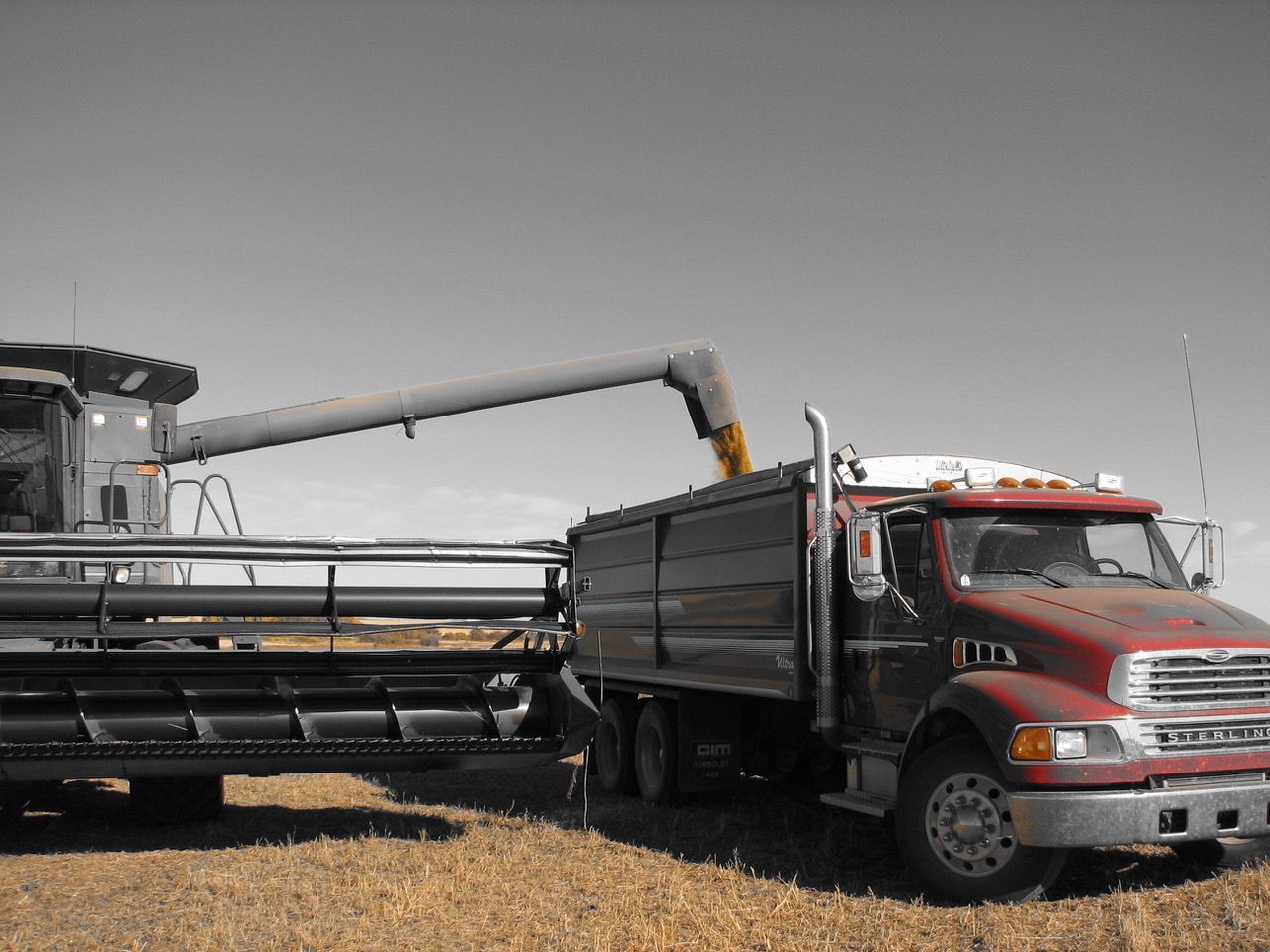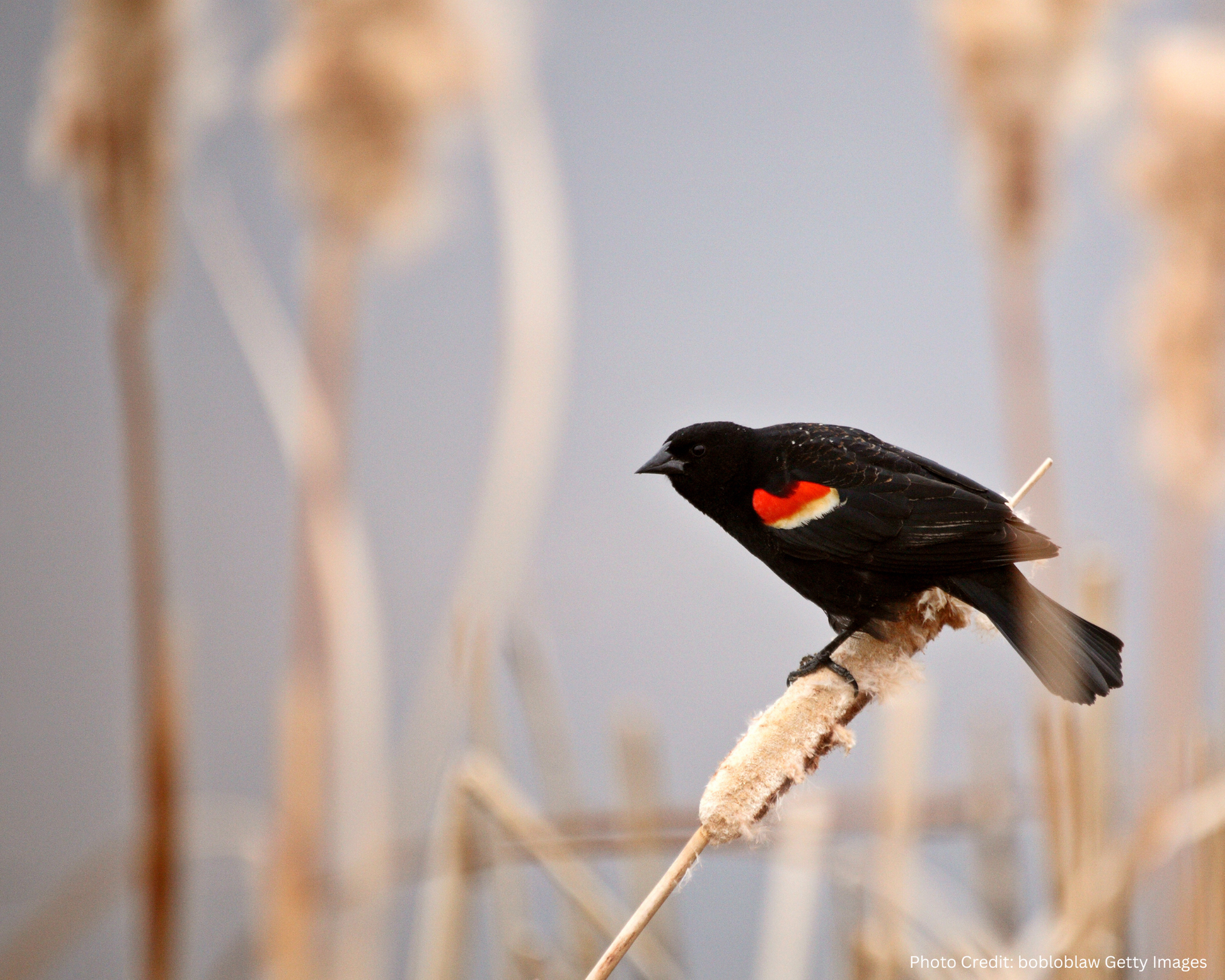By Bridge+to+Land+Water+Sky BTLWS
•
October 30, 2025
October 30, 2025 Modern agriculture faces a paradox: the push to feed more people while risking the health of ecosystems and livelihoods. Conventional agriculture has boosted productivity, but it relies heavily on chemicals and uniform landscapes. This way of farming leaves little to no room for wildlife habitat, and increases input costs for producers while adding pressure to wetlands and soils. The Chemical Catch-22 One key issue is the climb in pesticide use. Herbicides like glyphosate are popping up just about everywhere and are losing their effectiveness. Invasive weeds are adapting and becoming harder to control even with stronger, more frequent chemical applications. Weeds like wild oat and kochia are increasingly building resistance to multiple herbicide groups making them harder to control . When these chemicals stop doing their job, producers are left with limited tools and rising production costs. These chemicals seem to fuel a problem to a never ending cycle: More chemicals = more resistance = more cost = weaker results. The Wetland Trade-Off Over the decades, countless wetlands have been filled in, tiled, or farmed over to make more room for cropland. This may seem like a quick fix to gain usable acres and make the field easier for equipment to navigate, but it comes with real trade-offs. Wetlands filter runoff, support wildlife, hold water during wet years, preserve moisture during dry years, and help regulate climate. Once drained, these natural functions are hard to get back. The Real Costs of Tree Loss The removal of tree cover is also transforming the agricultural landscape. Shelterbelts and tree patches are being cleared to make room for larger, uninterrupted fields that are easier for equipment to manage. This may seem like an easy way to boost efficiency, but removing these areas also removes natural windbreaks for wind protection, wildlife habitat, carbon storage, and moisture regulation. Farming With Nature The good news? A new path forward is already taking shape. Farmers across the Prairies and around the world are proving that farming with nature doesn’t mean sacrificing profits or productivity. Producers in Saskatchewan are experimenting with practices like cover cropping, intercropping, slow-release fertilizers and variable rate applications. As a result, these producers are already seeing lower input costs, improved yields, healthier soils, and more wildlife activity. Studies in the UK are showing that converting a small area of marginal cropland to alternatives like perennial forages and prairie strips can actually boost yields while also bringing back pollinators, protecting water resources, and creating wildlife habitat without hurting profitability. An Alberta study showed that in fields where wetlands remain intact, farmers are seeing average returns of about $203 per acre. However, in areas that have been drained, profits drop noticeably - ranging from just $145 down to $76 per acre. Farmers in Saskatchewan have found success converting 10–20% of low-yielding cropland like areas around wetlands or areas with poor soil into perennial forage. They’re finding that these conversions didn’t hurt profits, and in many cases resulted in better soil and water quality. In Iowa, mixing strips of prairie forage into corn and soybean fields boosted pollinators, bird life, and soil health without hurting yields. They found that just 10% of the field made a big difference. A New Path Forward Modern farming has helped us grow more food, but it’s also created challenges for the land, water, and wildlife around us. The good news is we’re not stuck with the way things are and change is already happening. Across the Prairies, farmers are demonstrating that agriculture can be more balanced by preserving wetlands, reducing pesticide use through smarter farming practices, and finding creative ways to utilize marginal cropland. This approach isn’t about reducing, it’s about being more thoughtful with how we manage the land so it stays productive into the future. Written by: Maddie Gould Communications Manager Bridge to Land Water Sky Living Lab
